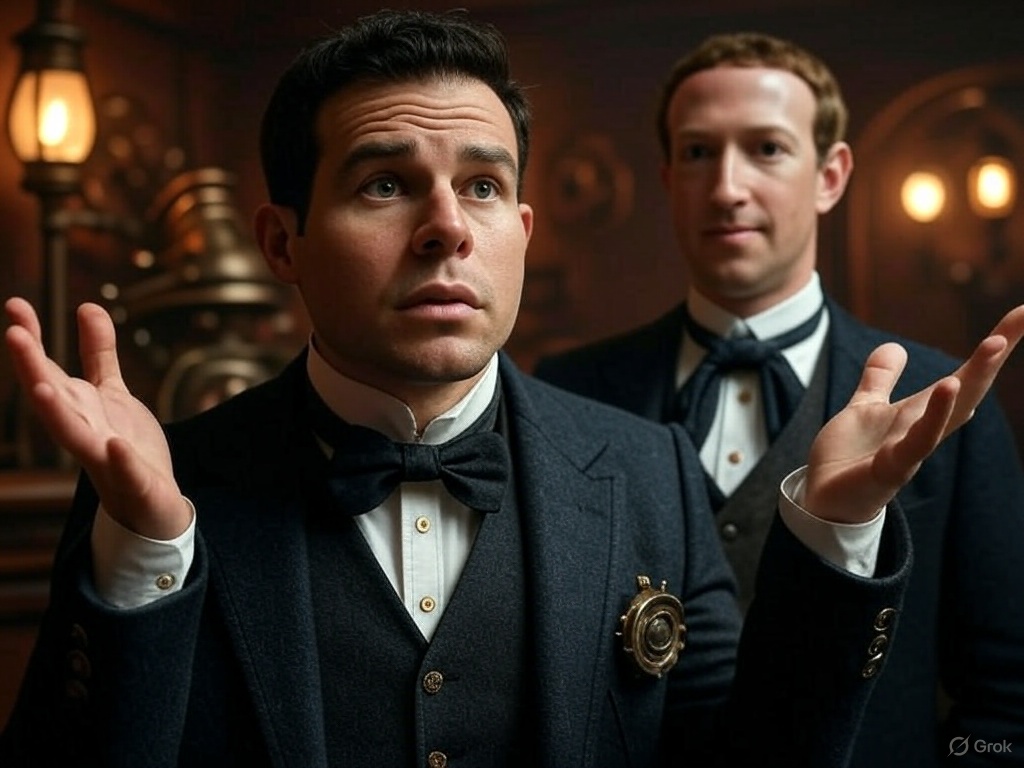In a recent Q&A session with his followers, Adam Mosseri, the head of Instagram, tackled a burning question that has left many content creators scratching their heads: “What percentage of a video’s view time do Instagram’s algorithms consider?”
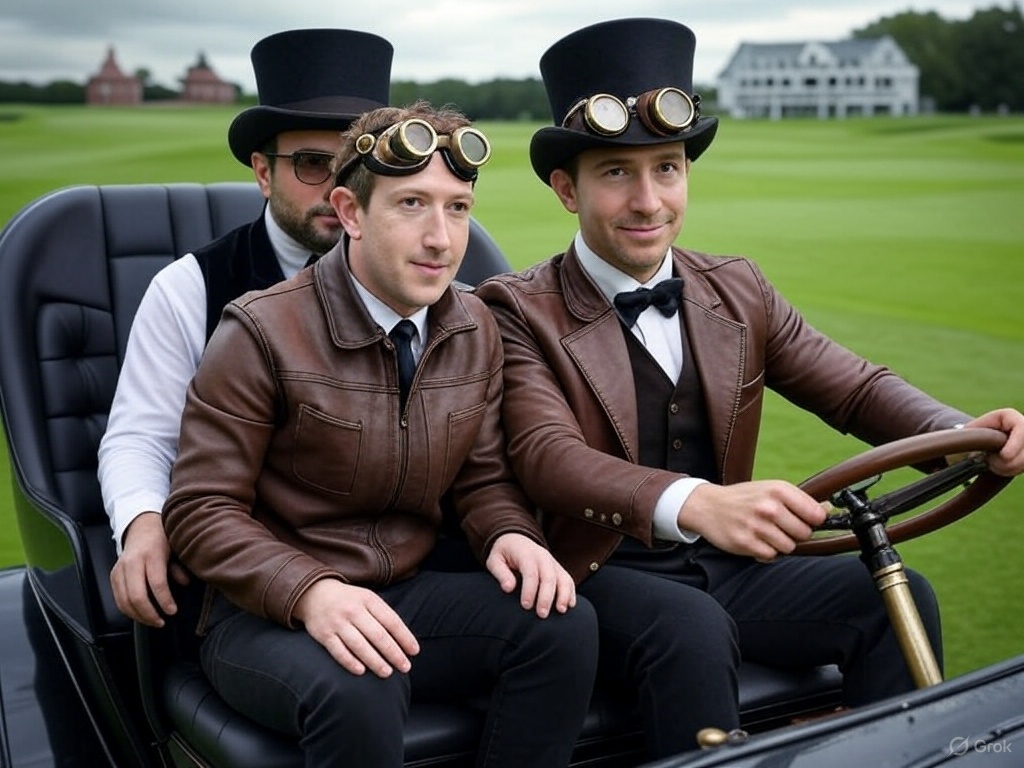 The query came from users frustrated by the inconsistent performance of short versus long videos, unsure of what type of content to prioritize to boost their reach.
The query came from users frustrated by the inconsistent performance of short versus long videos, unsure of what type of content to prioritize to boost their reach.
Mosseri’s response offered clarity but sparked a heated debate among users, with some accusing him of turning Instagram into a guessing game dictated by the whims of Meta’s leadership.
The Algorithm’s Focus: Not Just Percentage, but Seconds
 Mosseri explained that Instagram’s algorithm doesn’t solely rely on the percentage of a video watched, as many creators might assume. Instead, it places significant weight on a specific metric: the first 10 seconds of view time.
Mosseri explained that Instagram’s algorithm doesn’t solely rely on the percentage of a video watched, as many creators might assume. Instead, it places significant weight on a specific metric: the first 10 seconds of view time.
Whether a Reel is 15 seconds or three minutes long, the algorithm prioritizes how effectively it captures and retains a viewer’s attention in those initial 10 seconds.
Breaking it down in simple terms, Mosseri advised creators: “Shoot Reels of any length, but make sure they have a compelling, attention-grabbing start that hooks viewers for at least 10 seconds.” According to Mosseri, this approach levels the playing field for both short and long-form content.
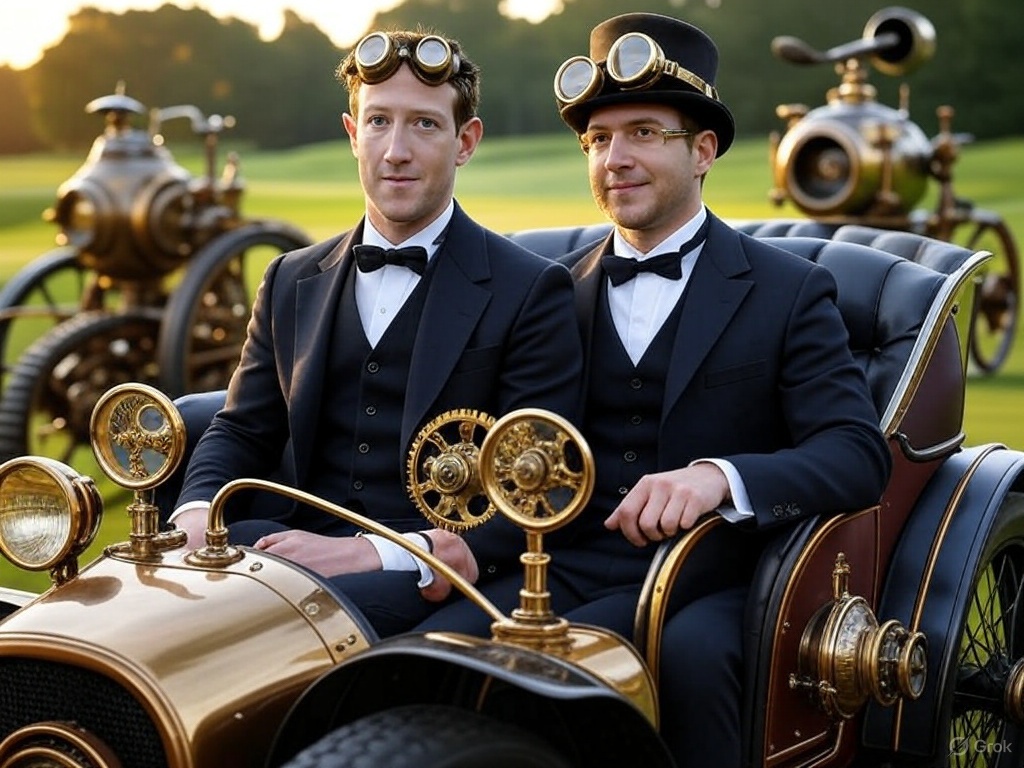 A gripping intro — whether it’s a shocking visual, a funny quip, or an intriguing question — can make or break a video’s chances of being recommended to a wider audience.
A gripping intro — whether it’s a shocking visual, a funny quip, or an intriguing question — can make or break a video’s chances of being recommended to a wider audience.
This insight aligns with Instagram’s broader push to prioritize engagement-driven content.
Mosseri emphasized that the platform’s AI systems evaluate watch time, likes, and shares to determine a video’s ranking, with watch time being a critical factor.
By focusing on the first 10 seconds, creators can increase the likelihood of viewers sticking around, which in turn signals to the algorithm that the content is worth promoting.
Also read:
- Sophie Rain’s OnlyFans Earnings Surpass $50 Million: A 20-Year-Old’s Journey to $100 Million in 2025
- BYD’s City-Factory: A Megalopolis Set to Outshine Paris and San Francisco
- AI-Induced Psychosis: The Unseen Dangers of an Uncomfortable Truth
Why the Confusion Over Short vs. Long Videos?
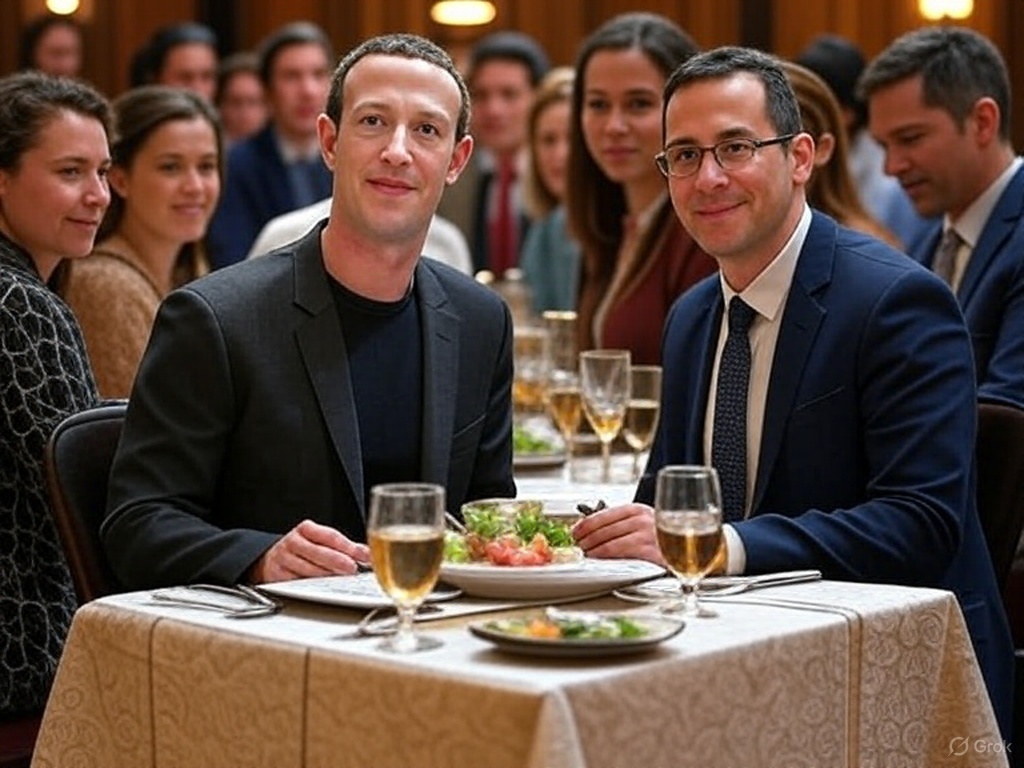 The question about video length stems from creators noticing stark differences in how their content performs.
The question about video length stems from creators noticing stark differences in how their content performs.
Short Reels (under 90 seconds) often seem to dominate recommendations, as they’re more likely to be watched in full, boosting completion rates—a key ranking signal.
Meanwhile, longer videos can struggle to maintain viewer attention, leading to lower engagement metrics. This discrepancy has left creators unsure whether to focus on snappy, TikTok-style clips or invest in more in-depth storytelling.
Mosseri’s response aims to address this by shifting the focus from length to quality of engagement. A short Reel that fails to hook viewers in the first 10 seconds will likely underperform, while a longer video with a captivating start can still thrive. However, his advice didn’t sit well with everyone.
Backlash in the Comments: Instagram as a “Guessing Game”
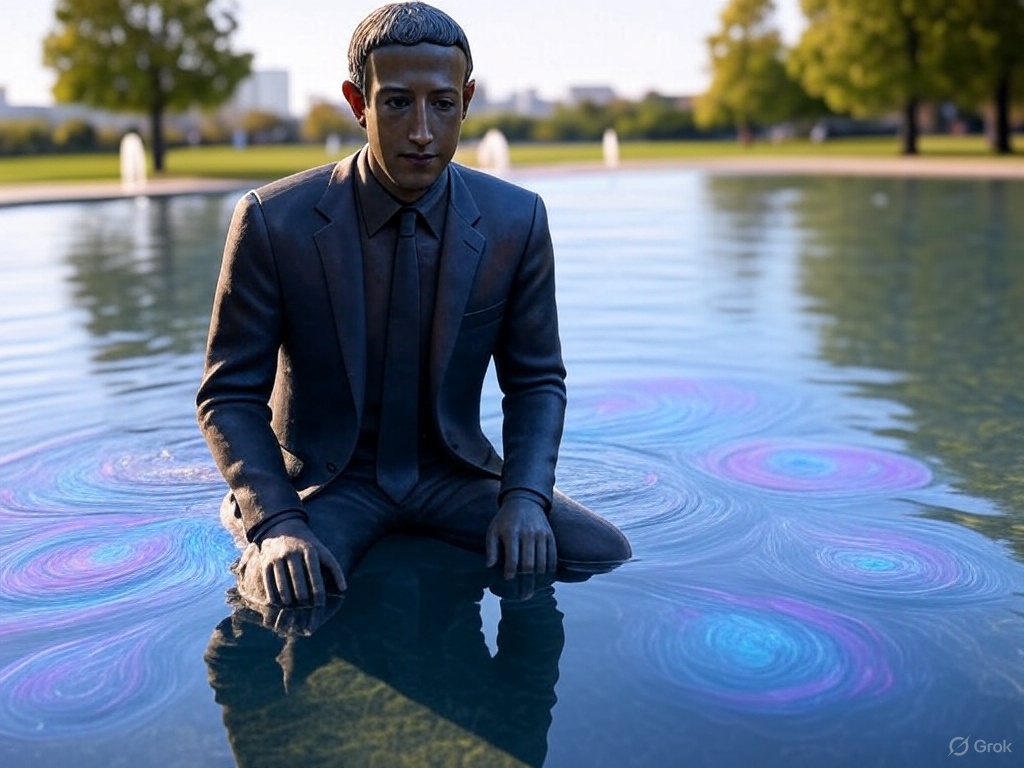 While Mosseri’s explanation was meant to demystify the algorithm, it triggered a wave of criticism in the comments section.
While Mosseri’s explanation was meant to demystify the algorithm, it triggered a wave of criticism in the comments section.
Many users expressed frustration, arguing that Instagram has evolved from a simple photo-sharing app into a complex platform where creators must constantly adapt to opaque algorithmic changes.
One commenter summed up the sentiment: “Instagram used to be about sharing moments. Now it’s a game of ‘guess what Zuckerberg and Mosseri want this week.’”
Critics pointed out that the emphasis on the first 10 seconds forces creators to prioritize clickbait-style tactics over authentic storytelling, alienating those who value substance over sensationalism.
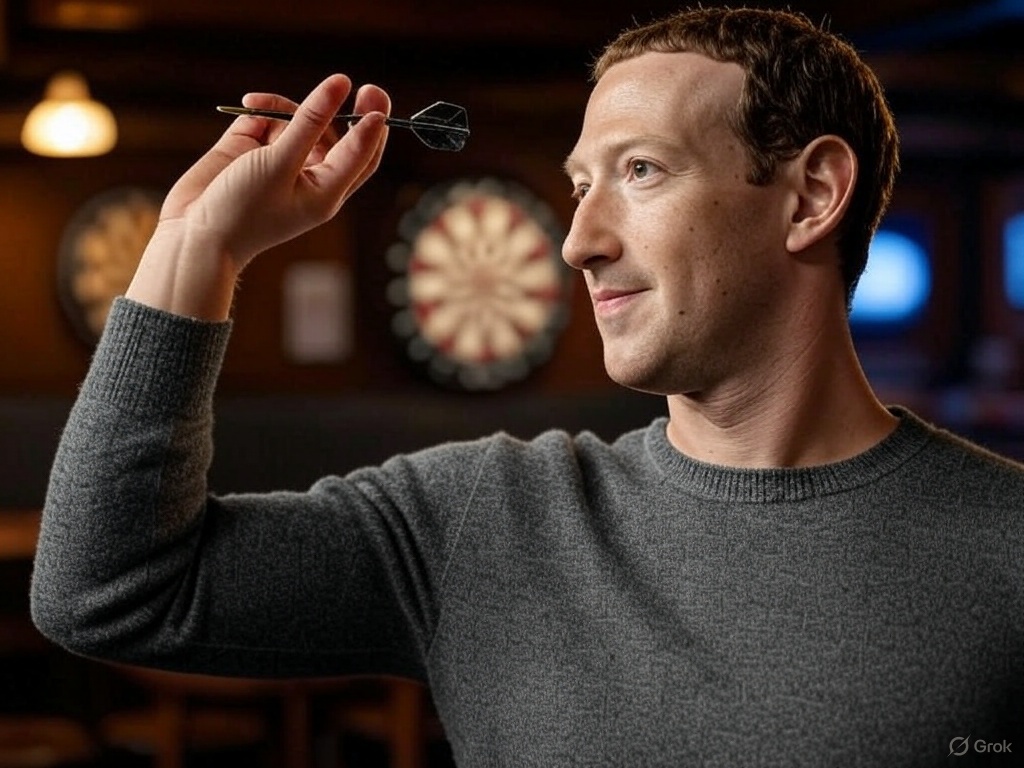 Others accused Mosseri of being out of touch, claiming that the algorithm’s ever-shifting priorities make it nearly impossible for smaller creators to compete with established accounts that can afford to experiment with high-production intros.
Others accused Mosseri of being out of touch, claiming that the algorithm’s ever-shifting priorities make it nearly impossible for smaller creators to compete with established accounts that can afford to experiment with high-production intros.
The backlash reflects a broader discontent with Instagram’s transformation under Mosseri’s leadership.
Once a haven for photographers and casual users, the platform has increasingly leaned into short-form video and AI-driven recommendations, drawing comparisons to TikTok.
Mosseri himself has acknowledged this shift, noting that video now accounts for more than half of the time spent on Instagram. Yet, for many, this pivot has come at the cost of the platform’s original charm, turning it into a high-stakes race for algorithmic approval.
What Creators Can Do: Practical Takeaways
Despite the criticism, Mosseri’s advice offers actionable insights for creators navigating Instagram’s algorithm in 2025.
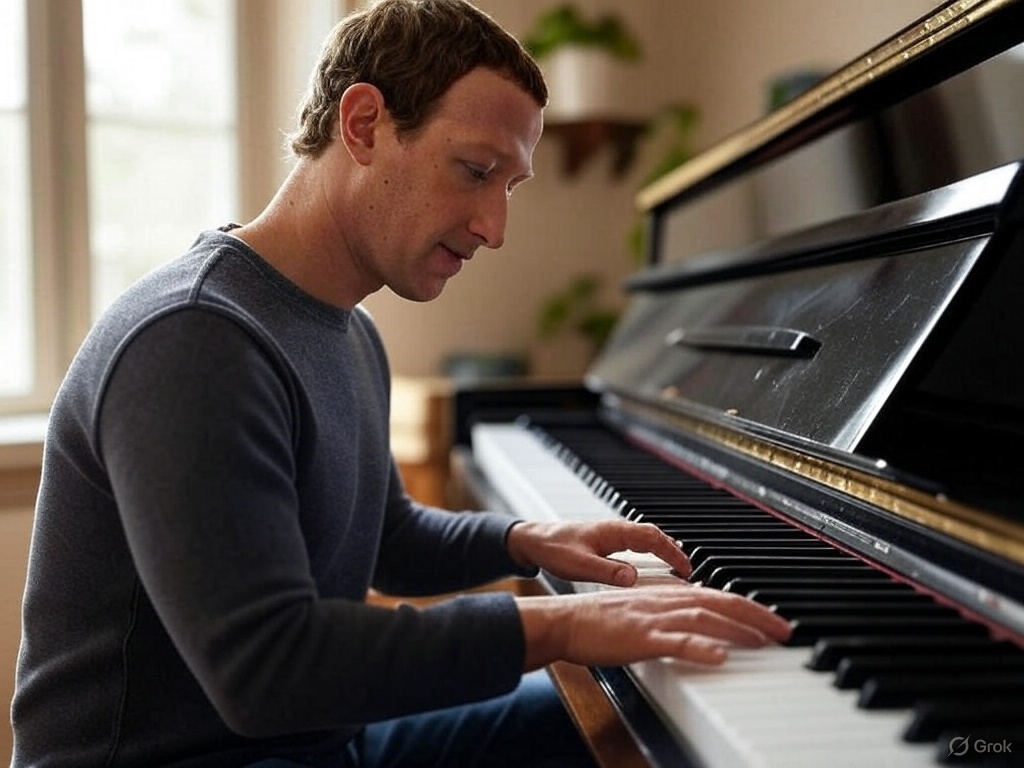 Here are some tips based on his comments:
Here are some tips based on his comments:
- Craft a Killer Hook: Invest in a strong opening that grabs attention immediately. Think bold visuals, surprising statements, or questions that pique curiosity. For example, a travel vlogger might start with a jaw-dropping drone shot, while a comedian could open with a punchy one-liner.
- Experiment with Length: Don’t shy away from longer Reels if the content warrants it, but ensure the first 10 seconds are engaging enough to keep viewers watching. Use analytics to track drop-off points and refine your approach.
- Leverage Instagram’s Tools: Mosseri has highlighted features like Instagram’s Trials, which allow creators to test content without spamming followers. Use these to experiment with different intros and see what resonates.
- Stay Authentic, but Strategic: While the algorithm rewards attention-grabbing content, Mosseri has stressed the importance of staying true to your voice. Balance authenticity with strategic hooks to avoid alienating your core audience.
The Bigger Picture: Instagram’s Evolving Identity
Mosseri’s response to the video view question underscores Instagram’s ongoing shift toward a discovery-driven platform, where unconnected content — posts from accounts users don’t follow—plays a larger role than ever.
With hundreds of millions of posts uploaded daily, the algorithm’s job is to surface the most engaging content, often prioritizing viral Reels over traditional feed posts.
However, this evolution has sparked a divide. For every creator who thrives on the platform’s video-centric, recommendation-heavy approach, there’s another who feels left behind, yearning for the days when Instagram was a simpler space for sharing photos and stories.
The criticism directed at Mosseri suggests that Instagram’s leadership faces a delicate balancing act: fostering innovation while preserving the platform’s core appeal.
Conclusion
Adam Mosseri’s clarification about Instagram’s video algorithm—focusing on the first 10 seconds of view time—offers creators a concrete strategy for boosting their content’s reach. By prioritizing a captivating start, creators can navigate the complexities of short and long-form content alike.
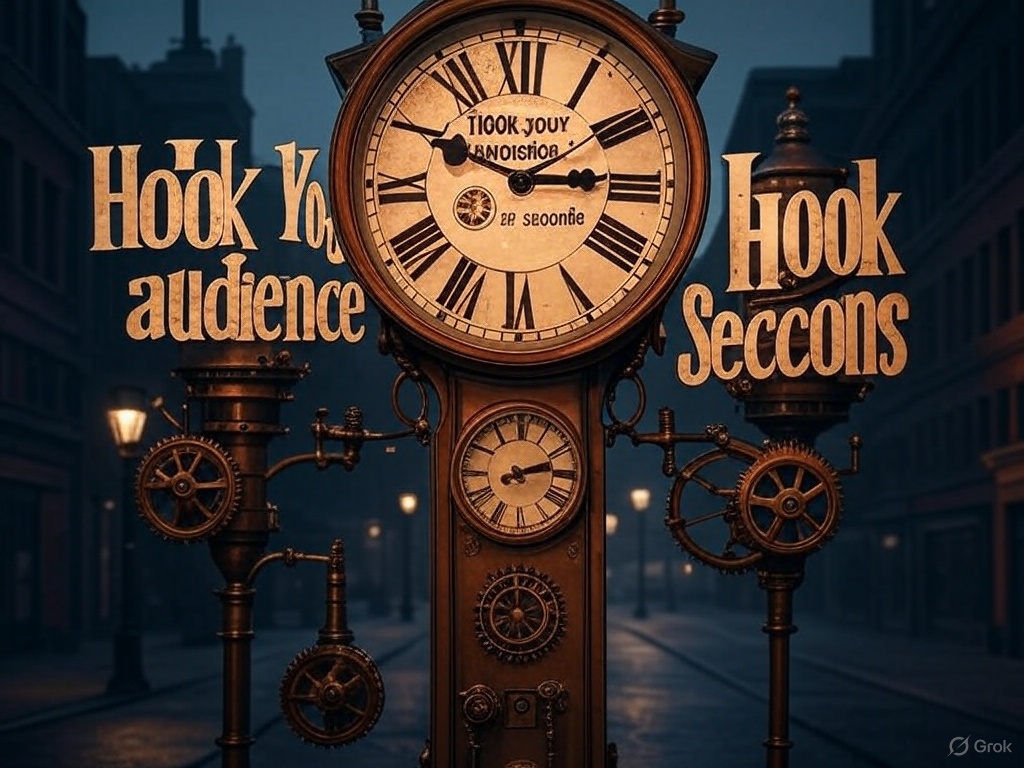 Yet, the backlash in the comments reveals a deeper tension: Instagram’s transformation into a highly algorithmic, video-driven platform has left some users feeling like they’re playing a game with ever-changing rules.
Yet, the backlash in the comments reveals a deeper tension: Instagram’s transformation into a highly algorithmic, video-driven platform has left some users feeling like they’re playing a game with ever-changing rules.
As Instagram continues to evolve, creators must adapt to stay visible, but they’re not alone in their frustration. Whether Mosseri and Meta can address these concerns and restore a sense of simplicity to the platform remains to be seen.
For now, the message is clear: hook your audience in 10 seconds, or risk fading into the algorithmic abyss.
Sources:
- Insights from Adam Mosseri’s Q&A and Instagram algorithm discussions.
- General trends and user sentiments observed in comments and online discussions.

